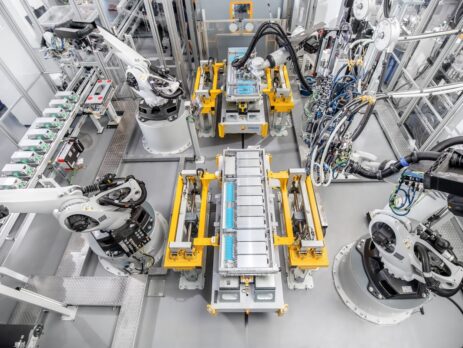Industry Overview: Battery Power
Batteries are effective at reducing power outages since they can also store excess traditional grid energy. The energy stored within batteries can be released whenever a large volume of power is needed, such as during a power failure at a data centre to prevent data being lost, or as a back-up power supply to a hospital or military application to ensure the continuity of vital services. Large scale batteries can also be used to plug short-term gaps in demand from the grid. These battery compositions can also be used in smaller sizes to power electric cars and may be further scaled down to power commercial products, such as phones, tablets, laptops, speakers and – of course – personal gas detectors.
Applications include battery storage, transportation and welding and can be segregated into four main categories: Chemical – e.g., ammonia, hydrogen, methanol and synthetic fuel, electrochemical – lead acid, lithium ion, Na-Cd, Na-ion, electrical – supercapacitors, superconductive magnetic storage and Mechanical – compressed air, pumped hydro, gravity.
Gas Hazards
Li-ion battery fires
A major concern arises when static electricity or a faulty charger damages the battery protection circuit. This damage can result in fusing the solid-state switches into an ON position, without the user knowing. A battery with a faulty protection circuit may function normally, however, may not provide protection from short circuit. A gas detection system can establish if there is a fault and may be used in a feedback loop to shut off power, seal the space and release an inert gas (such as nitrogen) into the area to prevent any fire or explosion.
Leakage of toxic gases prior to thermal runaway
Thermal runaway of lithium-metal and lithium-ion cells has resulted in several fires. With research showing that fires fuelled by flammable gases are vented from the batteries during thermal runaway. The electrolyte in a lithium-ion battery is flammable and generally contains lithium hexafluorophosphate (LiPF6) or other Li-salts containing fluorine. In the event of overheating, the electrolyte will evaporate and eventually be vented out from the battery cells. Researchers have found that commercial lithium-ion batteries can emit considerable amounts of hydrogen fluoride (HF) during a fire, and that emission rates vary for different types of battery and state of-charge (SOC) levels. Hydrogen fluoride can penetrate skin to affect deep skin tissue and even bone and blood. Even with minimal exposure, pain and symptoms may not present for several hours, by which time damage is extreme.
Hydrogen and explosion risk
With hydrogen fuel cells gaining popularity as alternatives to fossil fuel, it is important to be aware of the dangers of hydrogen. Like all fuels, hydrogen is highly flammable and if it leaks there is real risk of fire. Traditional lead acid batteries produce hydrogen when they are being charged. These batteries are normally charged together, sometimes in the same room or area, which can generate an explosion risk, especially if the room is not properly ventilated. Most hydrogen applications cannot use odorants for safety, as hydrogen disperses faster than odorants do. There are applicable safety standards for hydrogen fuelling stations, whereby appropriate protective gear is required for all workers. This includes personal detectors, capable of detecting ppm level hydrogen as well as % LEL level. The default alarm levels are set at 20 % and 40 % LEL which is 4 % volume, but some applications may wish to have a custom PPM range and alarm levels to pick up hydrogen accumulations quickly.
